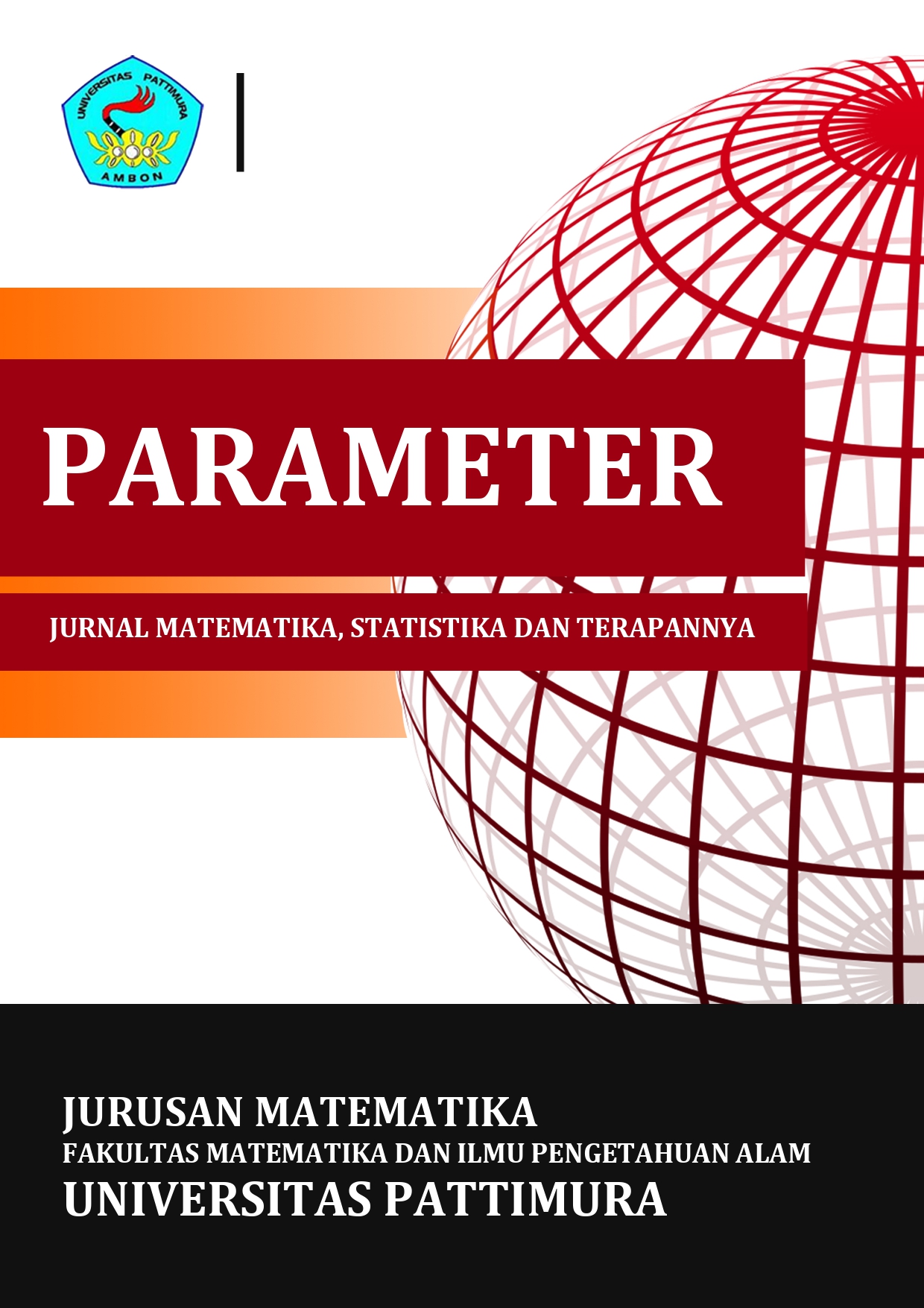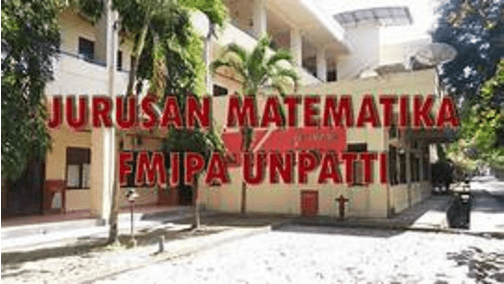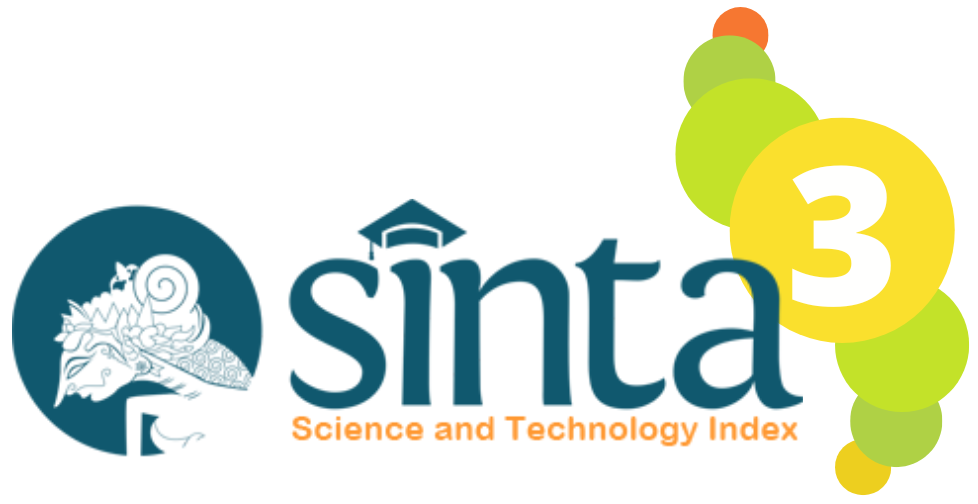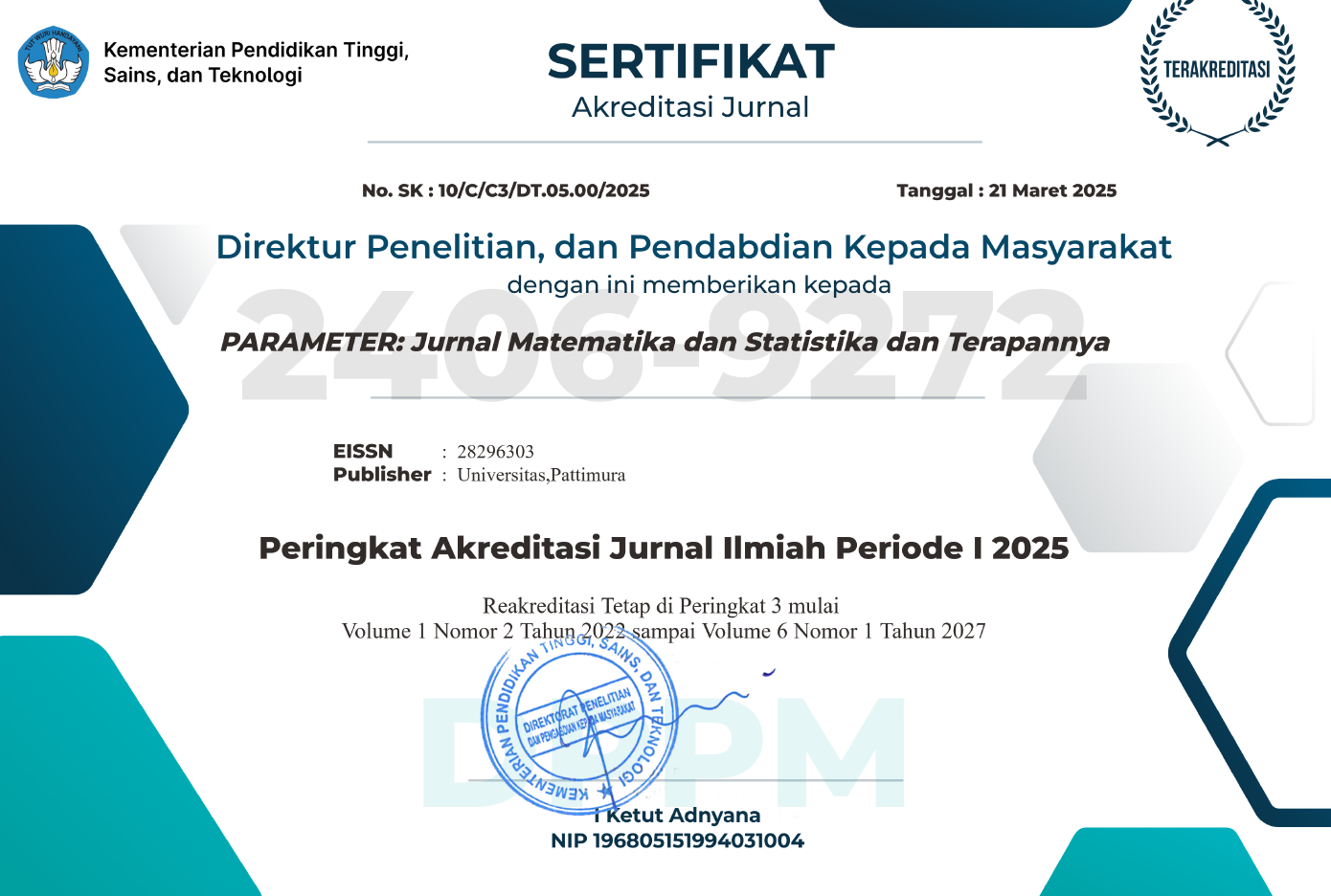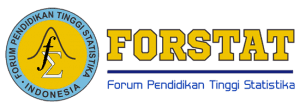IDENTIFICATION OF DOMINANT FACTORS IN STUNTING CASE NARRATIVES USING PCA AND SVD APPROACHES
Abstract
Stunting remains a serious public health concern in Indonesia, exacerbated by the limited public understanding of its causes and prevention strategies. This study analyzes public perceptions of stunting based on reviews collected through web scraping from the 2023 Indonesian Health Survey (SKI). Text preprocessing techniques, Term Frequency-Inverse Document Frequency (TF-IDF) analysis, and dimensionality reduction using Principal Component Analysis (PCA) and Singular Value Decomposition (SVD) were applied to a dataset comprising 21 reviews. The results indicate that PCA outperforms SVD in simplifying the relationships among key terms, as evidenced by a lower reconstruction error (0.003861 compared to 0.004232). The dominant factors influencing public perception include education, sanitation, and socio-economic conditions. These findings highlight the critical role of data-driven and visual-based educational strategies in enhancing public awareness and accelerating stunting prevention efforts.Downloads
References
S. Vijayarani, M. Ilamathi, and M. Nithya, “Preprocessing Techniques for Text Mining-an Overview,” International Journal of Computer Science & Communication Networks, vol. 5, no. 1, pp. 7–16, 2015.
M. Ashtiani and B. Raahemi, “News-Based Intelligent Prediction of Financial Markets Using Text Mining and Machine Learning: A Systematic Literature Review,” Expert Syst Appl, vol. 217, p. 119509, 2023, doi: 10.1016/j.eswa.2023.119509.
D. Chrisinta and J. E. Simarmata, “Eksplorasi Teknik Web Scraping pada Data Mining: Pendekatan Pencarian Data Berbasis Python,” Faktor Exacta, vol. 17, no. 1, pp. 1979–276, May 2024, doi: 10.30998/FAKTOREXACTA.V17I1.22393.
D. Chrisinta and J. E. Simarmata, “Comparative Study of Support Vector Machine and Naive Bayes for Sentiment Analysis on Lecturer Performance,” Journal of Research in Mathematics Trends and Technology, vol. 5, no. 1, pp. 1–7, 2023, doi: 10.32734/jormtt.v5i1.
P. Monika, D. Devi Sri, and M. Suneetha, “Uncovering Insights in Agroforestry: A Text Mining Analysis Using Web Scraping and Topic Modeling,” Lecture Notes in Networks and Systems, vol. 897, pp. 95–104, 2024, doi: 10.1007/978-981-99-9704-6_8.
F. Nissa, A. Primandari, and A. Thalib, “Collaborative Filtering Approach: Skincare Product Recommendation Using Singular Value Decomposition (SVD),” Media Statistika, vol. 15, no. 2, pp. 139–150, 2023, doi: 10.14710/medstat.15.2.139-150.
D. Delen and S. Ram, “Research Challenges and Opportunities in Business Analytics,” Journal of Business Analytics, vol. 1, no. 1, pp. 2–12, Jan. 2018, doi: 10.1080/2573234X.2018.1507324.
D. Freeman et al., “COVID-19 Vaccine Hesitancy in The UK: the Oxford Coronavirus Explanations, Attitudes, and Narratives survey (Oceans) II,” Psychol Med, vol. 52, no. 14, pp. 3127–3141, 2022, doi: 10.1017/S0033291720005188.
P. Mitropoulos, K. Vasileiou, and I. Mitropoulos, “Understanding Quality and Satisfaction in Public Hospital Services: A Nationwide Inpatient Survey in Greece,” Journal of Retailing and Consumer Services, vol. 40, pp. 270–275, 2018, doi: 10.1016/j.jretconser.2017.03.004.
A. Fadllullah, D. D. Kamudi, M. Nasir, A. Zainal Arifin, and D. Purwitasari, “Web News Documents Clustering in Indonesian Language Using Singular Value Decomposition-principal Component Analysis (Svdpca) and Ant Algorithms,” Jurnal Ilmu Komputer dan Informasi, vol. 9, no. 1, pp. 17–25, 2016, doi: 10.21609/jiki.v9i1.362.
M. Greenacre et al., “Principal Component Analysis,” Nature Reviews Methods Primers, vol. 2, no. 1, p. 100, 2022, doi: 10.1038/s43586-022-00184-w.
Y. Wang and L. Zhu, “Research and Implementation of SVD in Machine Learning,” in 2017 IEEE/ACIS 16th International Conference on Computer and Information Science (ICIS), IEEE, 2017, pp. 471–475. doi: 10.1109/ICIS.2017.7960038.
D. Chrisinta and J. E. Simarmata, “Analisis Sentimen Penilaian Masyarakat Terhadap Pejabat Publik Menggunakan Algoritma Naïve Bayes Classifier,” Komputika: Jurnal Sistem Komputer, vol. 12, no. 1, pp. 93–101, 2023, doi: 10.34010/KOMPUTIKA.V12I1.9638.
M. Bala and D. Verma, “A Critical Review of Digital Marketing,” International Journal of Management, IT and Engineering, vol. 8, no. 10, pp. 321–339, 2018.
N. Rao, B. Naseeba, N. Challa, and S. Chakrvarthi, “Web Scraping (imdb) Using Python,” Telematique, vol. 21, no. 1, pp. 235–247, 2022.
S. Pradha, M. N. Halgamuge, and N. T. Q. Vinh, “Effective Text Data Preprocessing Technique for Sentiment Analysis in Social Media Data,” in In 2019 11th international conference on knowledge and systems engineering (KSE), IEEE, 2019, pp. 1–8. doi: 10.1109/KSE.2019.8919368.
S. Vijayarani and R. Janani, “Text Mining: Open Source Tokenization Tools-An Analysis,” Advanced Computational Intelligence: An International Journal (ACII), vol. 3, no. 1, pp. 37–47, 2016.
D. Khyani, B. Siddhartha, N. Niveditha, and B. Divya, “An Interpretation of Lemmatization and Stemming in Natural Language Processing,” Journal of University of Shanghai for Science and Technology, vol. 22, no. 10, pp. 350–357, 2021.
R. Kumbhar, S. Mhamane, H. Patil, S. Patil, and S. Kale, “Text Document Clustering Using K-Means Algorithm with Dimension Reduction Techniques,” in 2020 5th International Conference on Communication and Electronics Systems (ICCES), IEEE, 2020, pp. 1222–1228. doi: 10.1109/ICCES48766.2020.9137928.
A. Hassani, A. Iranmanesh, and N. Mansouri, “Text Mining Using Nonnegative Matrix Factorization and Latent Semantic Analysis,” Neural Comput Appl, vol. 33, no. 20, pp. 13745–13766, Oct. 2021, doi: 10.1007/S00521-021-06014-6.
Q. Wang and X. Cai, “Active-learning class activities and shiny applications for teaching support vector classifiers,” Journal of Statistics and Data Science Education, vol. 32, no. 2, pp. 202–216, 2024, doi: 10.1080/26939169.2023.2231065.
Y. Zhang, G. Li, and H. Zong, “A Method of Dimensionality Reduction by Selection of Components in Principal Component Analysis for Text Classification,” Filomat, vol. 32, no. 5, pp. 1499–1506, 2018, doi: 10.2298/FIL1805499Z.
K. Aris, C. Ramasamy, T. N. M. Aris, and M. Zolkepli, “Dynamic Force-directed Graph with Weighted Nodes for Scholar Network Visualization,” International Journal of Advanced Computer Science and Applications, vol. 13, no. 12, 2022, doi: 10.14569/IJACSA.2022.0131289.
F. Nwokoma, J. Foreman, and C. Akujuobi, “Effective Data Reduction Using Discriminative Feature Selection Based on Principal Component Analysis,” Mach Learn Knowl Extr, vol. 6, no. 2, pp. 789–799, 2024, doi: 10.3390/make6020037.
Y. Melaku, G. Zello, T. Gill, R. Adams, and Z. Shi, “Prevalence and Factors Associated with Stunting and Thinness Among Adolescent Students in Northern Ethiopia: A Comparison to World Health Organization Standards,” Archives of Public Health, vol. 73, no. 1, pp. 1–11, Oct. 2015, doi: 10.1186/s13690-015-0093-9.
M. Marni et al., “Cultural Communication Strategies of Behavioral Changes in Accelerating of Stunting Prevention: a Systematic Review,” Macedonian Journal of Medical Sciences, vol. 9, no. F, pp. 447–452, 2021, doi: 10.3889/oamjms.2021.7019.
S. Nanga et al., “Review of Dimension Reduction Methods,” Journal of Data Analysis and Information Processing, vol. 9, no. 3, pp. 189–231, 2021, doi: 10.4236/jdaip.2021.93013.
Copyright (c) 2025 Debora Chrisinta, Justin Eduardo Simarmata, Milagros R. Baldemor, Miko Purnomo

This work is licensed under a Creative Commons Attribution-ShareAlike 4.0 International License.

